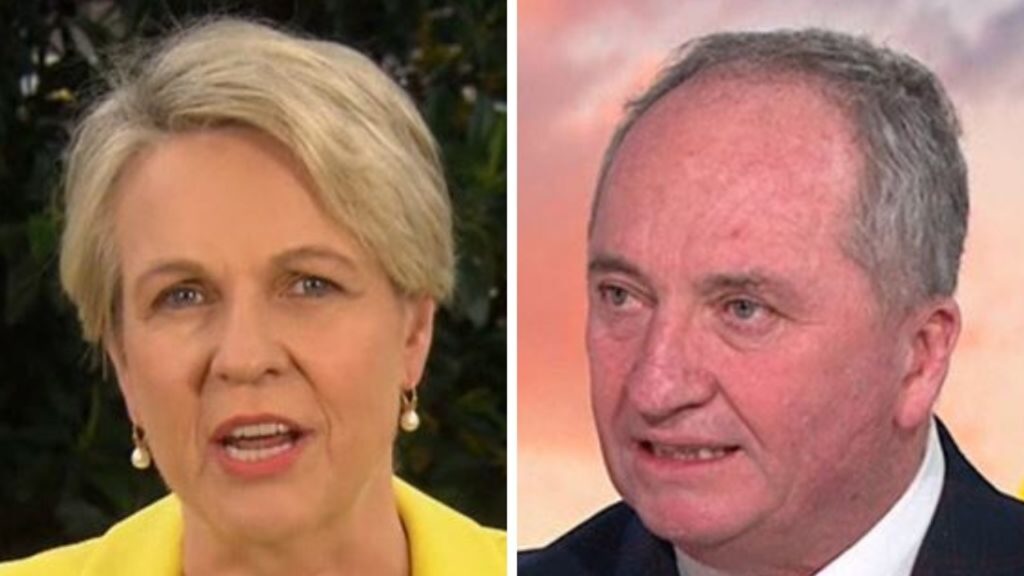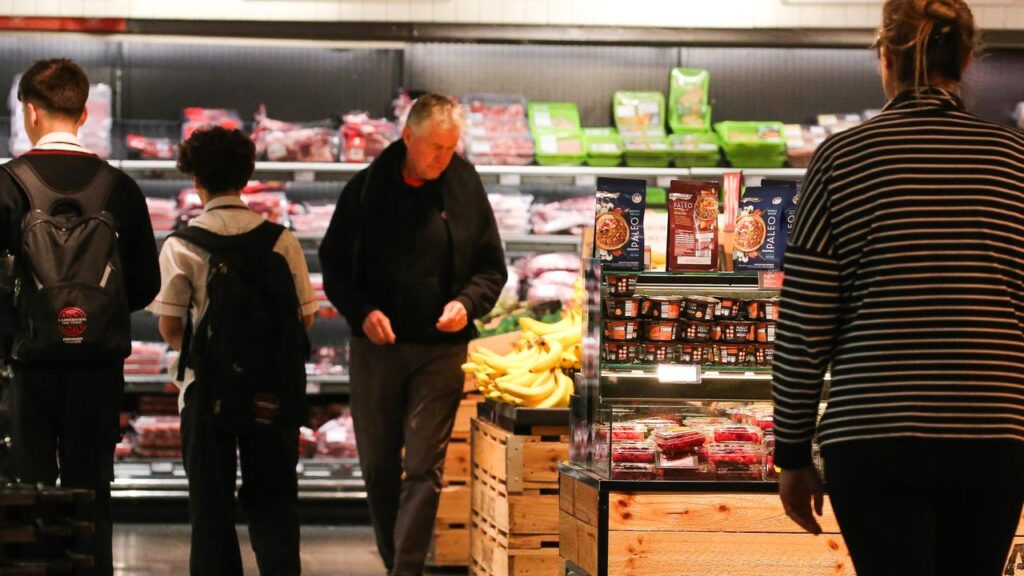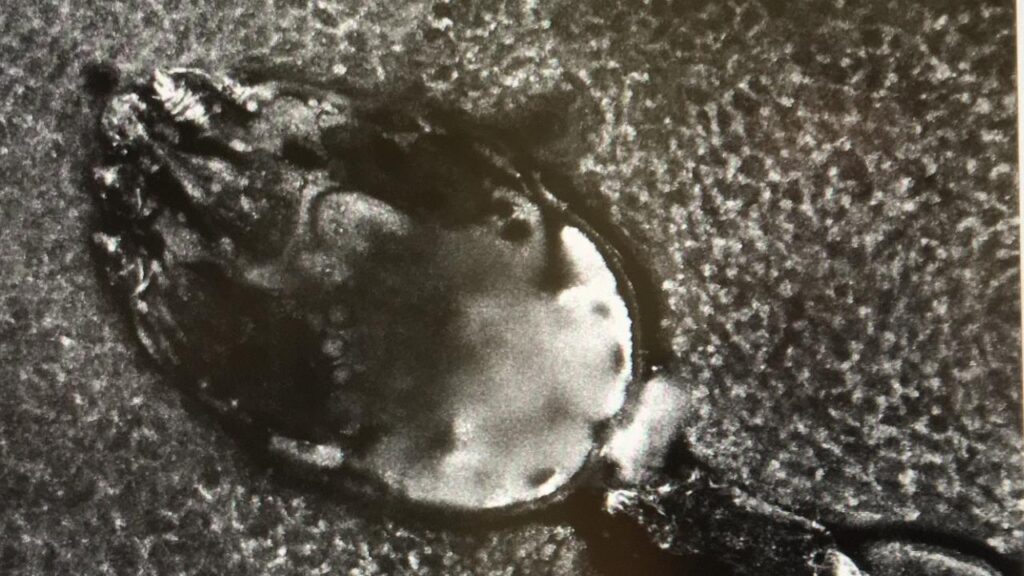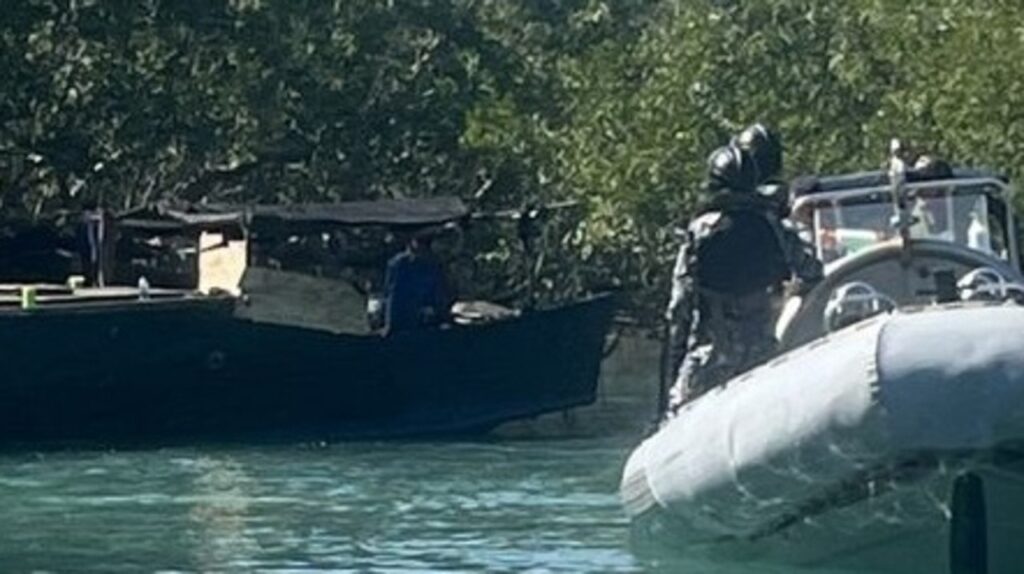Sickening truth behind this urgent Facebook appeal for a missing Australian child
Written by admin on August 7, 2024
Australia’s most prominent child safety advocate has slammed a “deplorable” social media scam using fake alerts about missing kids to trap unsuspecting and well-meaning victims.
Denise Morcombe, whose son Daniel was abducted from a Sunshine Coast bus stop in December 2003 when he was 13, was sickened to learn of the increasingly common tactic.
It first emerged in North America about two years ago, when emotive Facebook posts about missing children began to circulate widely.
However, some eagle-eyed users noticed that urgent appeals were popping up in multiple cities across the United States and Canada, using the same images and names.
Over the past week, a handful of Facebook posts appealing for information about a ‘missing’ boy named Ryan Johnson, said to have autism and required daily medication, went viral in Australia.
“He is considered to possibly be in EXTREME danger and in need of medical assistance,” the message, accompanied by an image of a red-headed boy, read, urging people to share the post.
Those exact words and the same image were shared across various community groups on the Gold Coast and in Darwin, with just the location altered. No such child exists and there are no active missing person reports that match the description.
Despite that, the fake appeals have been shared thousands of times by ordinary Australians, unaware there is no such missing child.
“Whoever is doing this, they have no conscience,” a horrified Ms Morcombe told news.com.au.
“These people are just deplorable. These fake appeals, scammers crying wolf, it might mean that when a child or an adult actually goes missing, people might see real appeals and think, ‘Oh, not again, I won’t worry about that’.
“When someone does go missing, police want help getting the message out and raising awareness. I worry this might [undermine] that need.”
Public support undermined
For eight years, Ms Morcombe and her husband Bruce worked tirelessly to keep Daniel’s name and face in the media while they searched for answers.
“Social media wasn’t a big thing back then,” she recalled.
“But so many people helped. Everyday people from all over were spreading the word, talking about Daniel … we had a massive amount of media. We did everything to get information out there.”
Know more? Get in touch – Shannon.molloy@news.com.au
She can’t understand how anybody, even a ruthless criminal, could stoop so low.
“When someone goes missing, it affects the parents, the brothers, the sisters, cousins, it affects the whole community,” she said.
“And when something does happen, people really need the assistance out there. We can’t have scammers out there crying wolf because one day something may happen to someone and things won’t be shared because people be suspicious.”
She urged social media users to check the source of posts before sharing them.
“When a child goes missing, the police will issue an ‘Amber Alert’. These are authentic appeals for information. Also, each police service has its own presence on social media, where they share information.
“People should be aware before they just share. It should come from an official place, not posts on community marketplaces and that kind of thing.”
In August 2011, Brett Peter Cowan was arrested and charged with Daniel’s murder and a string of other serious charges. Daniel’s remains were found shortly after.
Cowan was found guilty of all charges in March 2014 and sentenced to life in prison.
The Morcombes founded the Daniel Morcombe Foundation, which provides child safety education to young people, parents and educators in a bid to prevent abuse and promote lifelong health and wellbeing.
Sinister motive behind posts
Discussions on Reddit forums when the fake posts first circulated in North America indicated that those responsible might be editing the messages later to add in a dodgy link.
But even when no nefarious motive seems clear, those sharing the posts could still be opening themselves up to risk.
Jeffrey Blevins, a professor of journalism and international affairs at the University of Cincinnati, told USA Today that scammers could rely on the tactic as a “gullibility check”.
“They’re likely to circle back to you later to see what you’re willing to share, or they might try to engage you one-on-one, get you to accept a friend request, that kind of thing,” Professor Blevins told the outlet.
The National Anti-Scam Centre told news.com.au it wasn’t aware of the fake missing child con tactic and hasn’t received any complaints.
But a spokesperson urged Australians to be aware of online scams, including phishing attempts to steal personal or financial details.
Phishing was the most common scam type reported last year, comprising 45 per cent of all reports to ScamWatch.
“Australians are encouraged to adopt a ‘think before you click’ approach for email, text, social media and other online messages,” a spokesperson for the Australian Federal Police said.
“Be particularly cautious with messages that invoke a sense of urgency, sound too good to be true, or come from organisations or individuals you don’t recognise. If in doubt, contact the sender using contact details from a legitimate source.”
A Meta spokesperson said Facebook is investigating the dodgy posts.
“Scammers present a challenge in many environments including social media, and they are constantly finding new ways to deceive people,” the spokesperson said.
“Meta adopts a multifaceted approach to tackle scams. We use both technology, such as new machine learning techniques, and specially trained reviewers to identify and action content and accounts that violate our policies.
More Coverage
“In the first quarter of 2024, we removed 631 million fake accounts globally. We partner with local organisations to educate consumers to spot and avoid scams and bring enforcement action against scammers.”
Attempts by news.com.au to trace the origin of the image of the child were unsuccessful.
It’s unclear if the boy depicted is a real person or simply an image generated via artificial intelligence.






